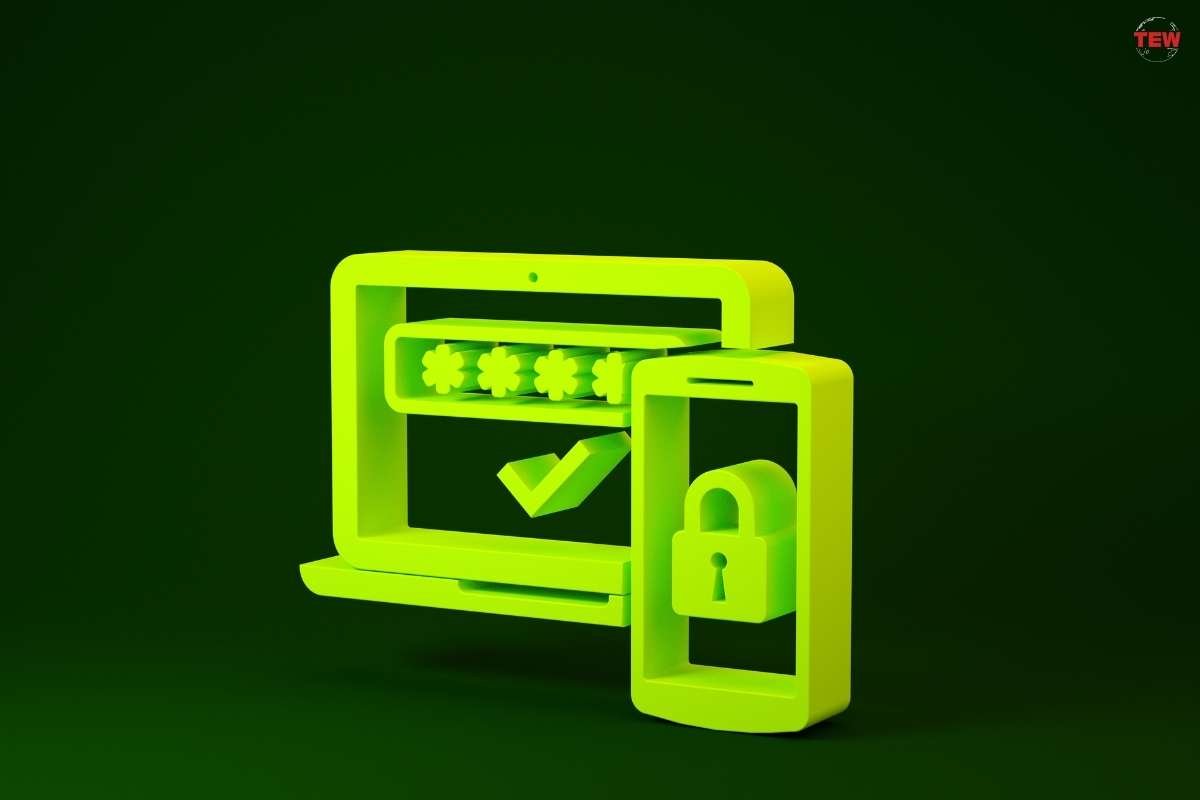IoT can transform our lives, from our shopping experiences and household chores to manual workplace tasks and manufacturing processes. But despite their value, IoT ecosystem can pose certain security risks to enterprises, manufacturers, and even homes, significantly expanding an attack surface and providing cybercriminals with more opportunities to gain access to networks and sensitive data.
IoT security involves implementing various techniques and tools to protect IoT elements from being compromised. According to the recent report by Markets and Markets, the IoT security market was valued at $14.9 bn in 2021 and is expected to reach a staggering $40.3 bn by 2026, boasting a high CAGR of 22.1%. This estimation reflects companies’ growing interest in protecting their data and willingness to invest in their IoT solutions’ security.
Entrusting an IoT development project to a team experienced in IoT security enablement lays a solid foundation for a well-protected system. Meanwhile,
This article explores other necessary measures a company can take to secure its IoT ecosystem:
1. Strong password policy
Weak passwords are one of the easiest ways cybercriminals can access a corporate IoT ecosystem. Most manufacturers leave widespread default passwords available in IoT device manuals or leave easy-to-guess passwords (like admin/user). In this case, hackers can take possession of the IoT device manuals and get unauthorized access to the system.
This is why when an IoT device is going to be connected to your corporate network, we recommend choosing a complex and unique password in line with your password policy. It’s also a good practice to use password management tools or vaults to store credentials for all devices and introduce regular obligatory password changes to strengthen the corporate password policy. All these measures will help prevent credential-based cyber attacks.
2. Multi-factor authentication

Multi-factor authentication (MFA) can complement your password security policies. Should your password appear too weak or get disclosed in a data leak, MFA will help you preserve the safety of a corporate IoT ecosystem as it adds one more layer of protection and increases the complexity and number of steps to access an IoT app, device, or network. Most common multi-factor authentication options involve sending a phone message with a code or generating a code in designated mobile apps every time a user logs in. In addition, since most cyber attacks today are possible due to access to user credentials, MFA makes it far more challenging for cybercriminals to succeed. To further strengthen MFA, using an advanced identity management platform is key. Solutions like Strivacity’s CIAM platform can enhance your MFA capabilities by enabling seamless and secure user authentication across your IoT ecosystem, ensuring that only authorized individuals gain access to critical systems.
3. Regular firmware updates
IoT devices are popular points of entry to enterprise infrastructures and sensitive data among cybercriminals. This is why it is essential to keep the device firmware up-to-date, as firmware updates usually fix security bugs and contain necessary patches that improve your IoT devices’ protection levels and eliminate exploitable software vulnerabilities.
A device manufacturer is typically responsible for providing regular firmware updates. Depending on the type and complexity of your IoT device, firmware can be either automatically updated or you will require manual checks and download required updates and security patches from the IoT manufacturers’ websites.
4. Secure web, mobile, and cloud applications

Web, mobile, and cloud applications are also part of the IoT ecosystem that can access, manage, and process sensitive data, so a multi-layered approach to IoT security should also be extended to them. You can secure developing mobile apps, web, and cloud applications in the same way as IoT devices with multi-factor authentication and a strong password policy.
5. Secure communication and internet connection
To safeguard IoT devices and sensitive data, companies need to ensure secure communication between IoT devices and applications and implement network security measures. Protecting the network with multiple security protocols is essential since IoT devices are vulnerable to cyberattacks when they transmit data. Here are viable ways to secure the connection between IoT elements.
- VPNs encrypt the network to disguise your sensitive information in real time.
- While TLS protocol verifies only the server in the client-server connection, mTLS (mutual transport layer security) helps verify both connected sides. mTLS encrypts device communication over the network and ensures that only authenticated devices can send and receive data.
- Using network segmentation with internal firewalls, Access Control List (ACL), and Virtual Local Area Network (VLAN) configurations is another way to protect IoT device communication. Network segmentation implies splitting the network into separate subsections, thus reducing the attack surface. Besides limiting how far an attack can go, network segmentation helps secure vulnerable devices by stopping harmful traffic from reaching them since not all IoT devices are designed with built-in security layers.
6. Continuous monitoring

With a large number of interconnected IoT devices, applications, and services, timely detecting a security incident can be challenging. Still, you can prevent cyber incidents by continuously monitoring your IoT network communications and activity logs to identify security risks. First of all, real-time monitoring allows companies to detect security issues early and give immediate responses to potential cyberattacks. Apart from taking reactive actions, continuous monitoring tools integrated with AI capabilities can analyze the effectiveness of existing security strategies and proactively monitor all the interconnected IoT elements, detecting system vulnerabilities and mitigating issues before they occur.
Wrapping it up
Alongside the IoT market expansion, businesses recognize the growing importance of protecting their IoT environments, network, and data. Implementing a strong password policy, multi-factor authentication, securing device communications and networks, and establishing continuous monitoring are simple but viable techniques to safeguard the corporate IoT environment and eliminate most vulnerabilities. Still, partnering with a knowledgeable IoT development and management partner will help you ensure an unfailing security of your IoT ecosystem and sensitive data.


















